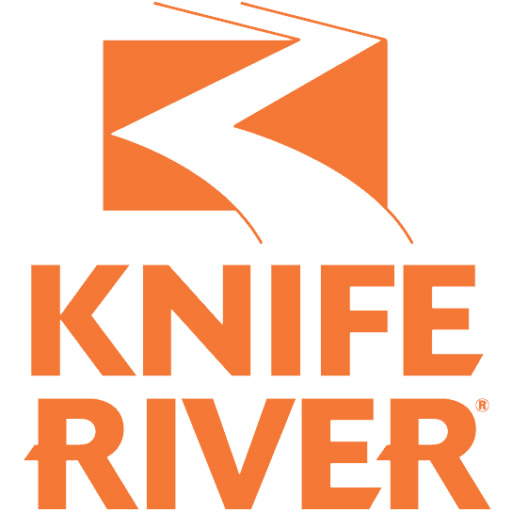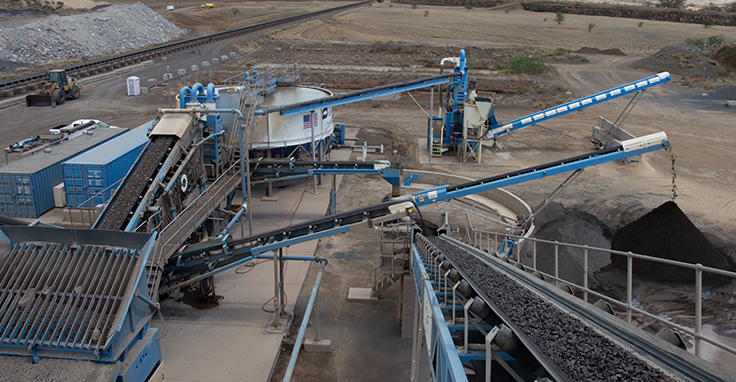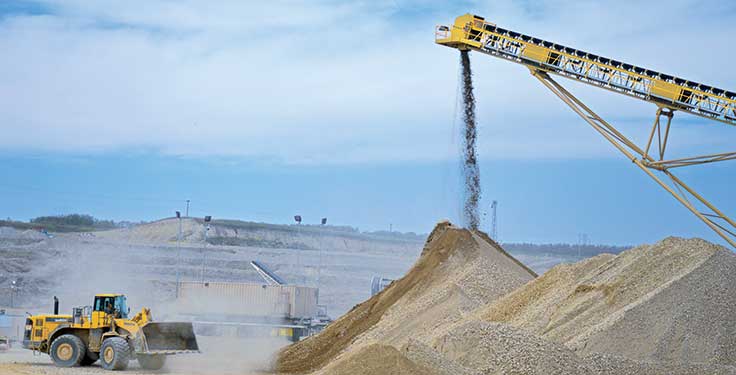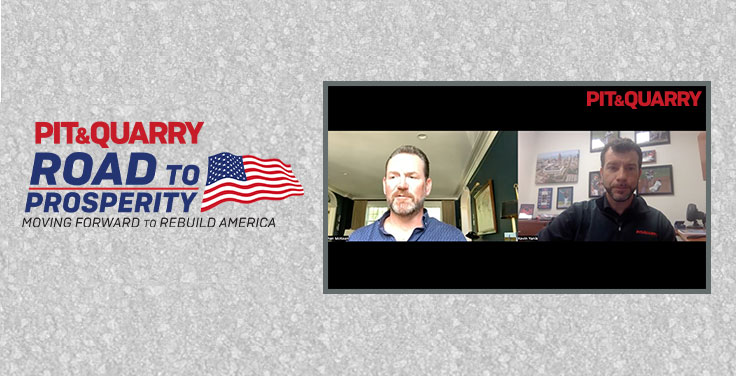
Change has also taken place in terms of stewardship, going above and beyond what is required. Whether that is land reclamation, renewable diesel fuel or recycling asphalt, that has opened up opportunities for us to be good stewards of the land and our resources.
P&Q: In terms of aggregates, trends for 2023 are that volumes are down and pricing is up. Do you see volumes staying down? How have aggregate producers been successful in combating inflation?
Gray: We have a record backlog for our contracting services, and we’ve continued to see jobs bid. The dollars we’ve been talking about with IIJA (Infrastructure Investment & Jobs Act) and other state and local transportation funding bills are now turning into actual projects for contractors. So, I think the tailwinds are there. The industry has capacity to continue to take on more work.
Before the Great Recession in 2007, the industry was selling a little over 3 billion tons [of aggregates]. Now, it’s around 2.4 billion or 2.5 billion – something like 20 percent below our peak.
We have the crushing capacity to take on more work, and there is a lot of work out there right now. I think we’re at the beginning of an era where we’ll see some substantial infrastructure projects. Much of that funding that has been put out is just to keep us from getting to a failing [American Society of Civil Engineers] grade [on infrastructure].
In terms of pricing, our industry had to have increases. We have done a good job of showing the true value of a depleting reserve. There is value in what we provide, and there is not a good substitute for it. We continue to see strong prices.
P&Q: Anything you’d like to add?
Gray: It’s exciting times for Knife River. Our customers are excited to see us become an independent publicly traded company. It’s a great time in our history with a lot of opportunities out there.












